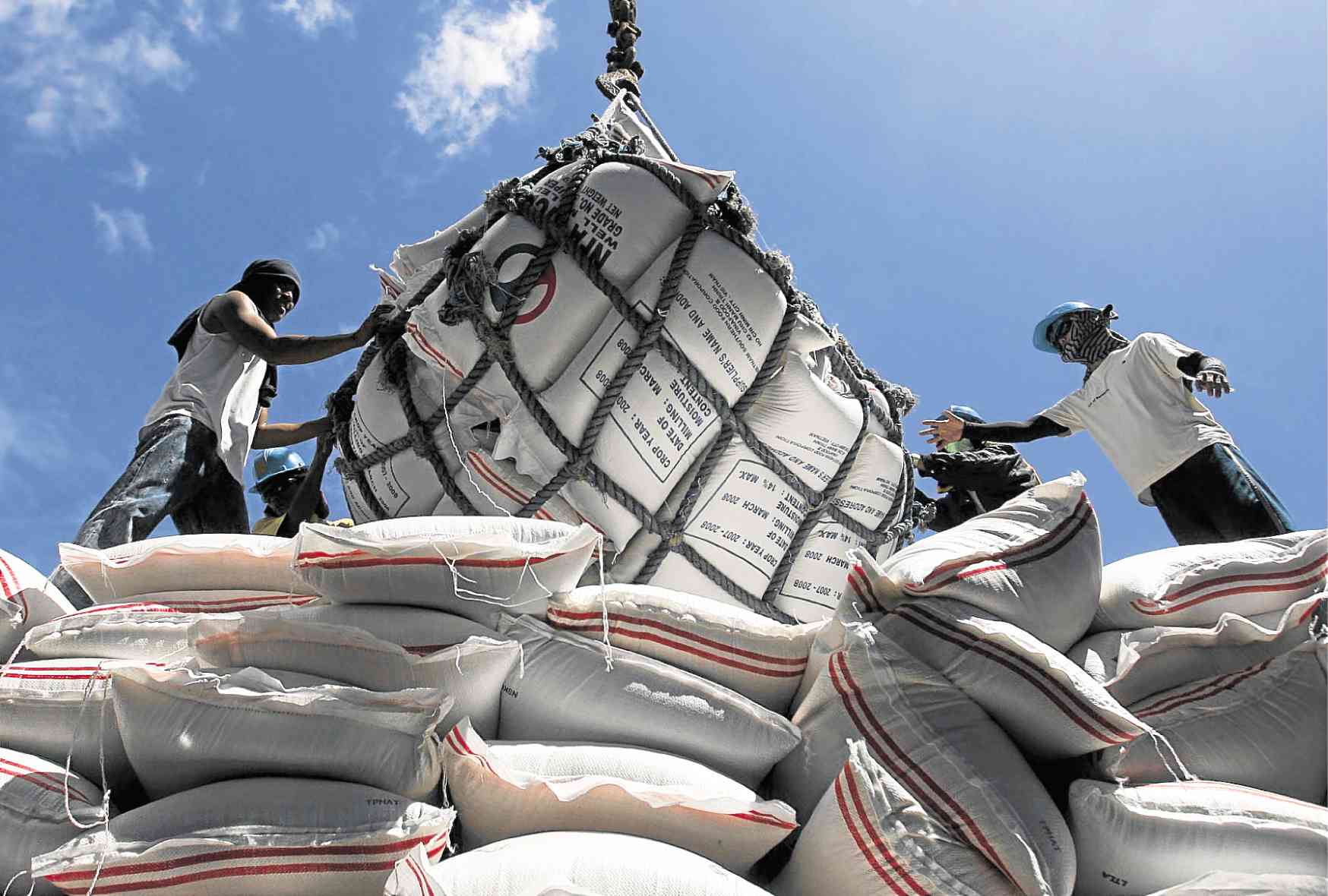With the expected decimation of palay production owing to the dry spell caused by the El Niño, and the subsequent La Niña expected by July, the Philippines will naturally be depending more on rice imports– in the process maintaining its dominance as the top global rice importer.
At least for the US Department of Agriculture, the country’s rice import in 2025 will be 4.2 million metric tons to feed its growing population vis a vis rising consumption for the staple and the increasing number of tourists who will visit the country.
Agricultural output in the second quarter is not expected to perform well with the damage of El Niño in several rice producing regions and with the coming La Niña – excessive water– this could further be reduced if farms remain under flood-like condition (thus affecting every plant stage until harvesting).
An economist told Business Mirror that La Niña, another source of farm disaster, could bring excessive water so the production situation will be no different from the second quarter, said Roehlano Briones, senior research fellow at the government think-tank PIDS (Philippine Institute for Development Studies).
The USDA said it expects Philippine rice imports to be at a record 4.2 MMT, which is exactly the opposite scenario for Indonesia, which USDA said would witness larger crops and carry-over stocks.
“In 2025, the largest change for rice imports is for Indonesia where imports are forecast down 2.0 million tons to 1.5 million tons due to a larger crop and sufficient beginning stocks,” the USDA report said.
The decline in Indonesia’s rice import would impact the rice exports in Thailand and Vietnam, with USDA’s projections down 900,000 metric tons (MT) and 500,000 MT, respectively.
“Thailand rice exports are forecast at 7.5 million tons, down 900,000 tons from the prior year.
Lower demand is expected from Southeast Asia, particularly from Indonesia,” USDA said.
“Vietnam exports are forecast at 7.5 million tons, down 500,000 tons from the prior year, primarily due to sharply lower demand from Indonesia.”
The Philippines and China, which account for over 50 percent of Vietnam’s exports, were expected to continue purchasing large amounts of rice.
The Philippines’ palay production dropped by 1.96 percent to 4.69 MMT in the first quarter of 2024 from the 4.78 MMT recorded in the same period in 2023, data from the Philippine Statistics Authority (PSA) showed.
Agriculture Secretary Francisco Tiu Laurel Jr. earlier said the country has sufficient rice through the first half of the year-- with recent imports and the peak of harvest in March and April-- ensuring the stable price of the staple through June despite the ill effects of El Niño.
“We have enough rice supply so prices should remain stable through the first half of the year. Our priority now is market stability,” Tiu Laurel said.
The Philippines earlier signed a five-year rice supply deal with Vietnam that ensures a source of 1.5 MMT to 2.0 MMT of rice a year. India, the DA said, also “promised” to provide the country with additional supply despite the import ban on non-basmati rice.
#WeTakeAStand #OpinYon #DA #USDA #RiceImport #ElNiño
